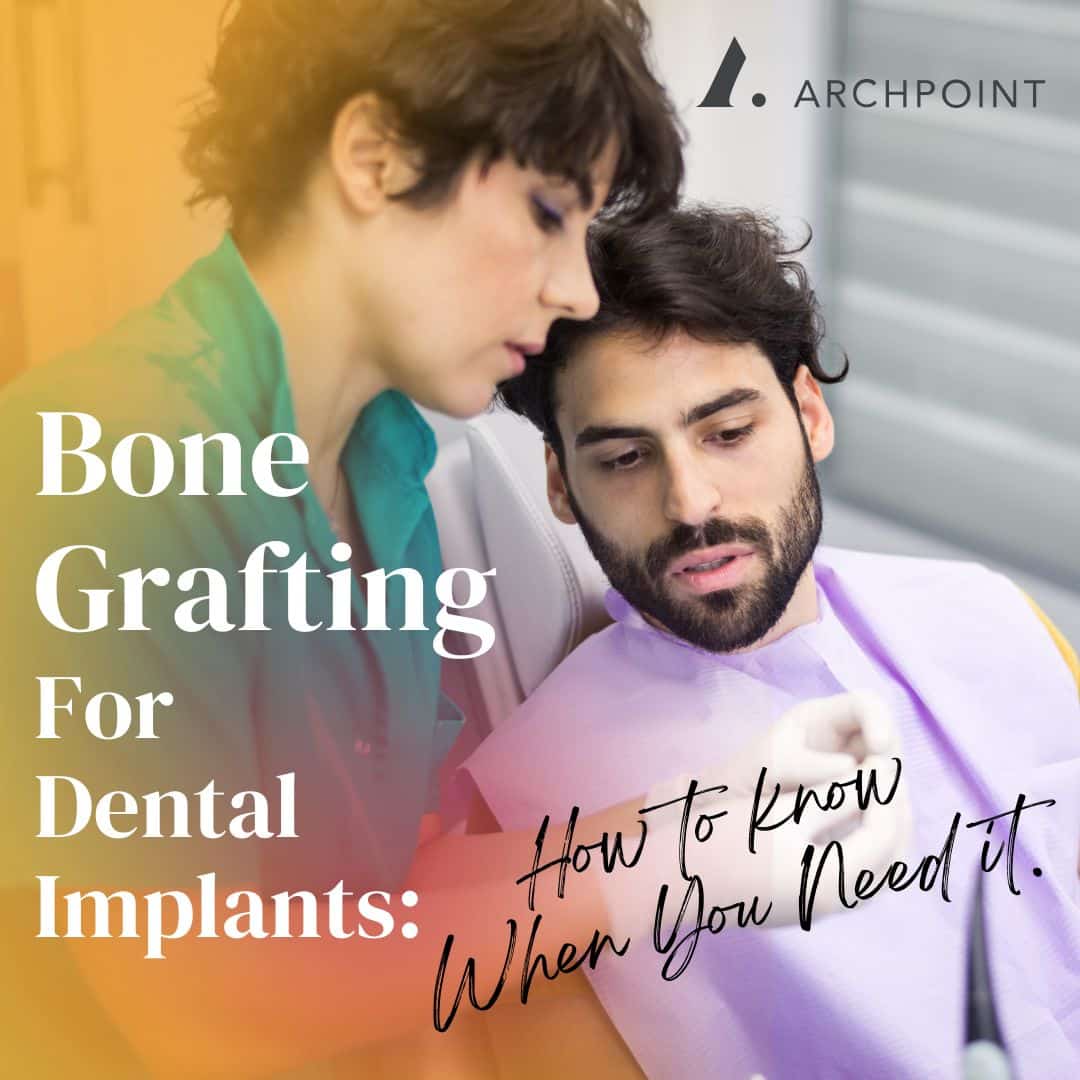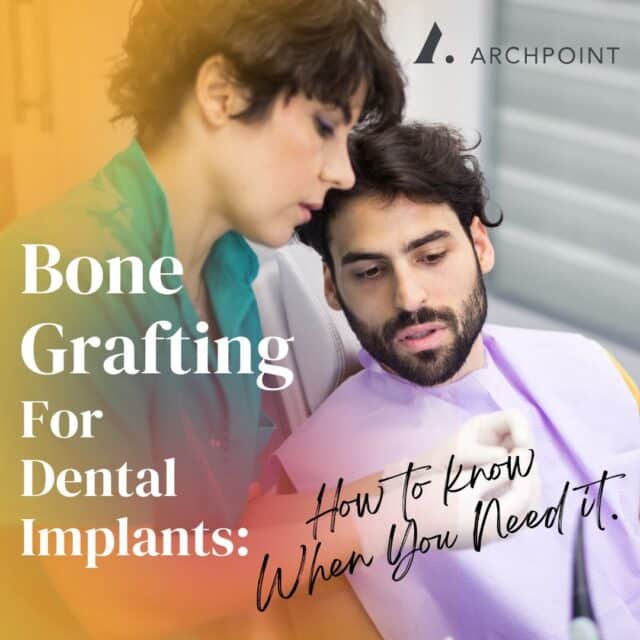
The most common dental implant procedure performed today uses the Osseointegrated Implant System (OIS). However, the success of this procedure relies on you having enough bone to securely anchor the implant to. If you have extensive bone loss because of missing teeth, wearing dentures, periodontal disease, or other bone loss, bone grafting may be ideal for you because it will help you recover as much bone as possible. Read on to learn more about when bone grafting should be used with dental implants and how it works.
What Is A Bone Graft?
A bone graft is a surgical procedure that replaces missing bone in order to repair structures like your jaw or the bone that supports teeth and implants. The bone graft can be taken from another part of your body, or it can be a synthetic or natural bone substitute. Bone grafting is often used to repair bones that have been damaged by injury or disease, such as periodontitis or natural resorption after a tooth falls out. In some cases, bone grafting is used to build up bones for dental implants.
Why Does The Procedure Need To Be Done?
A bone graft procedure is necessary because bone does not grow back by itself. This special procedure helps strengthen your jaws and makes them more capable of supporting dental implants or the natural teeth you still have. Grafting (augmentation) can also help improve your appearance by promoting a fuller facial profile, as the bone loss may lead to premature aging. Bone grafting is often performed before installing dental implants or around “at risk” teeth that are mobile because of bone loss.
What Are The Different Types Of Bone Grafts Used?
There are several types of bone grafts used in dental implants: autografts, alloplasts, allografts, and xenografts. Autografts are one of the most common types of bone grafts used. This is when the surgeon takes bone from another area of your body to use for the graft. In some cases, the roots of extracted teeth can also be ground up and used as bone graft material substitutes. Allografts are when the surgeon uses bone from a deceased donor, like an organ transplant. Xenografts are also fairly common, where the implant surgeon uses animal bone for the graft (usually bovine.)
Who Needs A Bone Graft And Why?
If you’re missing teeth, have extensive bone loss, wear dentures, or have periodontal disease, you may need a bone graft. Natural bone resorption (shrinkage) will jeopardize the integrity of your teeth and even prohibit the placement of dental implants. A bone graft will add bone to your jaw in order to create a solid foundation for dental implants so that you can preserve or restore your smile in the most predictable manner possible.
What’s Involved In Having A Bone Graft?
The first step is to consult with an oral surgeon or implant specialist to see if you’re a candidate for bone grafting. If you are, the next step is to have a CT scan or X-ray taken of your mouth so the surgeon can get a clear picture of your jawbone and the surrounding anatomy where your bone is weak. If a graft is recommended, your implant expert will usually perform the graft either leading up to your procedure, at the time a tooth is removed, or during the placement of your dental implant restoration.
If your bone graft is placed at the same time as another surgery, such as an extraction or implant placement, your recovery will not be any different than what you can usually expect from those procedures. But if it’s a single procedure and you’re only having a simple bone graft placed, you can usually expect a fairly quick recovery with minimal discomfort. More complex cases could require a pain reliever or a week or two for recovery, but these are less common.
Will I Be Sedated During a Dental Bone Graft?
One of the first questions patients ask about dental bone grafts is whether or not they will be sedated during the procedure. The answer is that it depends. If you are only having a small amount of bone grafted, a dentist may decide that local anesthesia to numb that immediate area will be more than sufficient. However, if you are having a large amount of bone grafted or if you have a low pain threshold, your surgeon may recommend that you be sedated for the procedure.
When bone grafting is paired with surgical tooth removal or something like sinus lift surgery, then yes, you will more than likely be sedated during your procedure.
What to Expect After Bone Grafting Treatment
After having a dental bone graft, you can expect the area to have mild to moderate soreness for a few days. You may also have some swelling and bruising if major oral surgery is involved. Your implant dentist will likely prescribe special pain medication and antibiotics to keep inflammation at bay and ensure a comfortable recovery.
It’s important to take it easy for a few days and not do any strenuous activity or hard workouts. You should also avoid smoking, as this can delay healing. Additionally, you won’t want to chew any hard, crunchy, or hot foods on the side of your mouth with the graft. As long as you keep the area clean and care for it as directed, your gum tissues over the graft should heal up quite quickly.
Can I Get Dental Implants Without a Bone Graft?
Many people who are missing teeth are good candidates for dental implants without the need for bone augmentation. The first step is to consult with an implant specialist like the team at ARCHPOINT to see if you are a candidate for implant therapy. If you have significant bone loss, you may need a bone graft before getting implants. It’s strictly a case-by-case scenario. Our DFW specialists will use high-resolution imaging and 3D scanning to measure and evaluate your bone, so we can plan for grafting well ahead of your actual implant procedure.
Cost of Dental Bone Grafting
The cost of dental bone grafting can vary depending on the material used and the processes required. However, it is typically around a few hundred dollars or more for the graft itself. This cost may be covered by insurance if it is deemed medically necessary. But keep in mind that this fee is usually rolled into your comprehensive treatment plan along with sedation, tooth removal, or dental implant placement. It isn’t something that you usually make a separate appointment for.
Contact ARCHPOINT today to reserve your next appointment!








